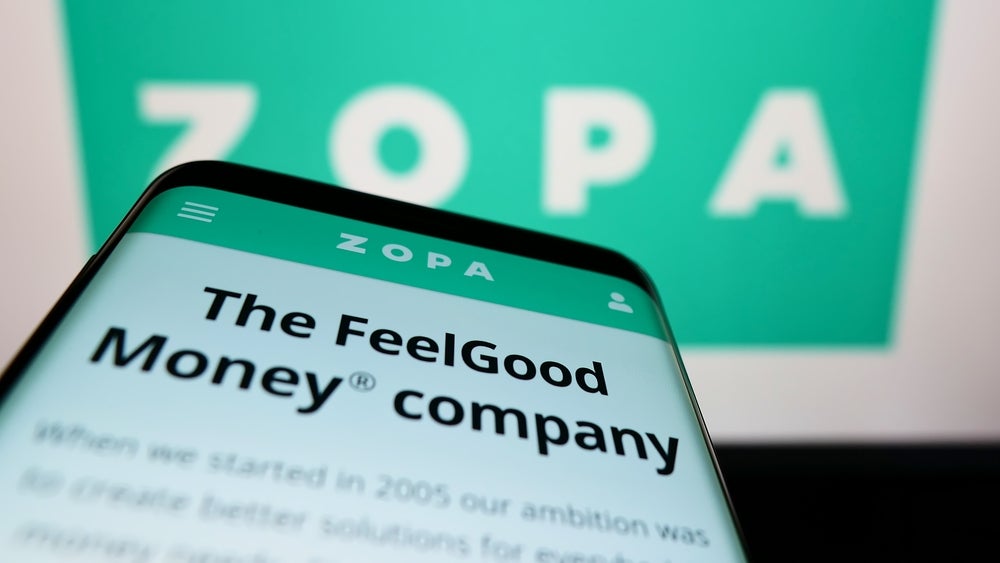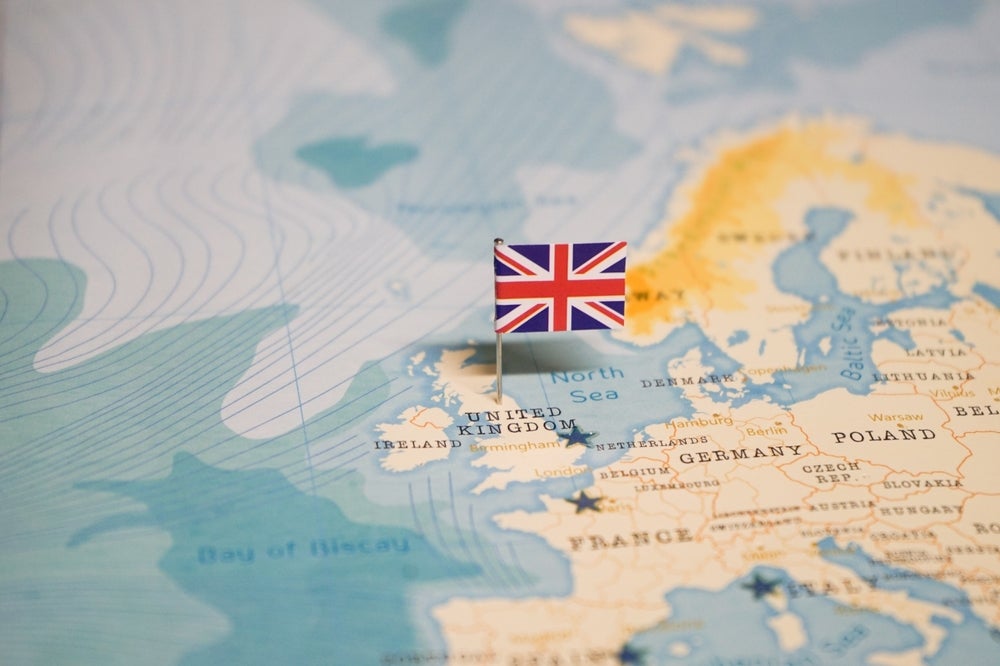So far, 2012 has provided further evidence
of a divided and disconnected world economy that faces major policy
dilemmas. Europe is imploding, the UK is contracting, the US is
stagnating and, while Asia is cooling, it at least has the policy
tools to be able to rebound.
The global economy has slowed
significantly, from a healthy, policy-induced growth rate of 4.2%
in 2010 to a much cooler 3% growth last year. This year, global
growth may be only 2.6%. This masks considerable differences but,
as we have seen in recent years, globalisation means no region of
the world is completely immune to problems in the West.
The good news is that, helped by policy
stimulus, emerging economies, led by China, may see some pick-up
into 2013. The trouble is many economies in the West are running
out of policy tools to be able to respond with if they are hit by
another shock. Hence, it is easy to construct a ‘perfect storm’
scenario for 2013, in which a combination of problems comes
together and things get worse.
The biggest shock would be if energy prices
were forced higher following a Western-led attack on Iran. This is
not inevitable, but the risk cannot be overlooked. It would come as
a major blow to global growth as the recent easing in oil prices
has helped many economies considerably.
For now, the biggest shocks are coming from
Europe. This is the world’s weakest link, which is remarkable given
how wealthy that region is and how strong some of its core
economies are, especially Germany. It is staggering how Europe’s
political leaders have let it get this bad.
Over the past year there has been a need
for European politicians to act fast, comprehensively and ahead of
events. Instead they have been slow, inadequate and, usually, have
only acted after problems have emerged. To make matters worse, they
are also focusing on the wrong problem – of excessive debt – when
the real challenge facing Europe is the lack of growth.
How well do you really know your competitors?
Access the most comprehensive Company Profiles on the market, powered by GlobalData. Save hours of research. Gain competitive edge.

Thank you!
Your download email will arrive shortly
Not ready to buy yet? Download a free sample
We are confident about the unique quality of our Company Profiles. However, we want you to make the most beneficial decision for your business, so we offer a free sample that you can download by submitting the below form
By GlobalDataAt their recent summit – the 19th in a
couple of years – European leaders finally made some progress, but
it was not enough to end recession and to address deep-rooted
issues at the heart of the euro. But their actions also led the
European Central Bank (ECB) to cut interest rates to a record low
of 0.75%. In the coming months, a return to unconventional policy
may be needed, such as the ECB buying bonds and providing cheap
long-term loans to banks.
If only the US was booming things might not
be so bad. But it isn’t. The US economy is as weak as Europe’s,
despite increased optimism about low energy prices because of shale
gas and despite big firms being in great shape.
Thus US interest rates are staying near
record lows. No matter who wins the presidential election, some
difficult decisions on tax and government spending need to be
addressed, and the likelihood is the US faces only steady, and far
from spectacular, growth.
Western economies may be only half-way
through their painful adjustment. Gross government debt levels in
advanced economies have risen from an already high average of 74%
of GDP ahead of the crisis to 105% by the end of 2011.
But one of the main reasons government
borrowing is rising is because growth and demand is so weak, as
people and firms continue to pay down their debt and
deleverage.
A related worry is that, in trying to
prevent a depression and financial melt-down, central banks have
inflated their balance sheets across the globe, from China and
Japan to Europe, the UK and the US. The aggregate assets of central
banks now stand at a huge $18trn, or about 30% of global
GDP. This is twice the ratio of a decade ago. In
addition, policy interest rates are below inflation in many
countries, discouraging savings and encouraging speculative
activity.
Such loose monetary conditions indicate
that central banks have become the shock absorbers for the world
economy.
This is particularly challenging for the
emerging economies, as it is they who have to cope with the fallout
from low rates in West. Capital will flow towards their economies
in search of higher yields and all this at a time when some of them
now face homegrown problems.
While the West is in a mild depression,
emerging economies, having seen steady growth in recent years, are
at a more advanced stage of the cycle which, in the past, may have
led to trade or inflation problems. That is why no-one should
be surprised if there are setbacks across the emerging world, after
all the business cycle does exist. The trend is up, but there will
be setbacks along the way. That is the reality.
But it is important not to confuse cyclical
setbacks being seen in a number of emerging countries with positive
longer-term structural features.
Despite the crisis in the West, the world
economy continues to grow, led by the likes of China and
India. `32-62-72’ is the phrase that I use to describe
this. The world economy had grown from $32trn in 2000 to just
under $62trn on the eve of the crisis and, in nominal terms,
it is set to reach $72trn at the end of this year.
The shift in the balance of power continues to make the global
economy bigger and, in doing so, provides markets
for countries and firms in the West to sell into.
This period of global change is also an
opportunity for countries to make structural changes, whether it be
the need to address low productivity rates in a number of Western
economies, or the need to implement reforms or move up the
value-curve across the emerging world.
In this global environment it is important
not to lose sight of a number of key factors. One is that there are
still considerable risks out there; hence the fear of a ‘perfect
storm’ in 2013. Secondly, the economies in the West are still
finding it hard to work off all the excesses of the past, and these
challenges are not being helped in Europe by the slow and, at
times, stubborn political process.
And then there is the emerging world. This
group is not immune to what happens elsewhere but is much better
able to cope. Yet, in just looking at what has happened recently
across economies as diverse as India, China, Brazil or Indonesia,
it is clear that while the longer-term outlook is positive, there
will be setbacks along the way. Sometimes these may be significant,
other times they may be easier to manage. Thus the key is to focus
on a combination of economic fundamentals, policy and
confidence.
Gerard Lyons is chief economist at Standard Chartered
Bank







